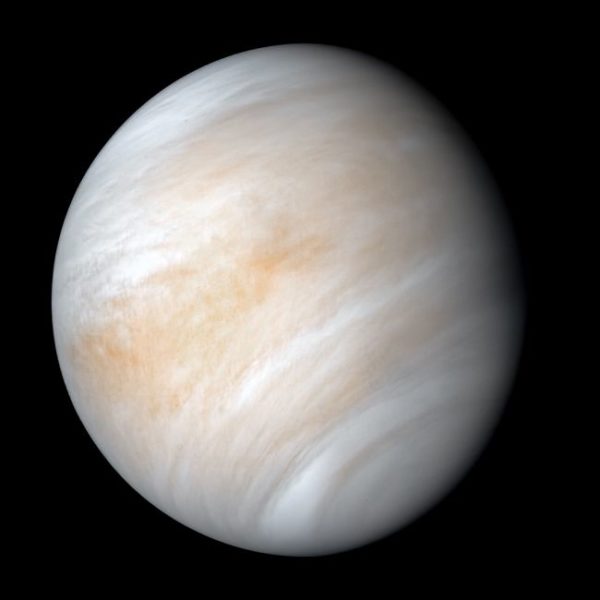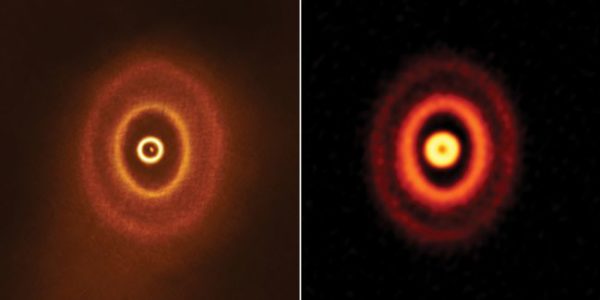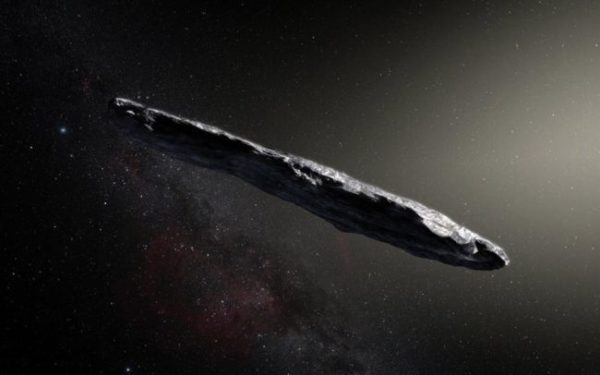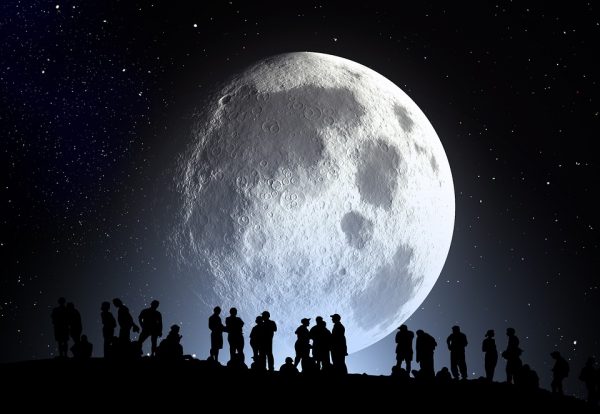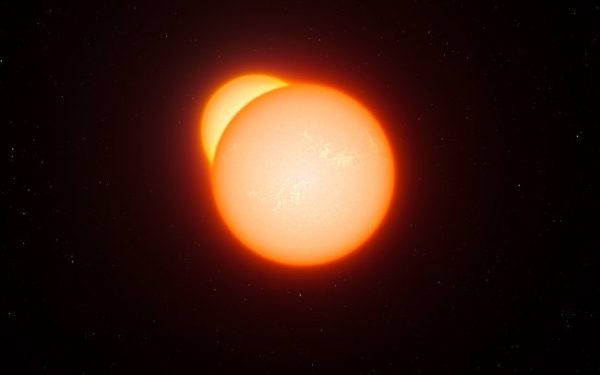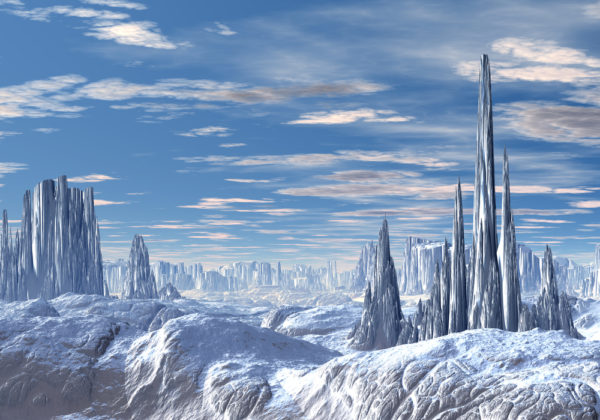SPACE: Possible Signs of Life Found on Venus
An unexplained chemical has turned up in the upper atmosphere of Venus. Scientists are tentatively suggesting it could be a sign of life. The unknown chemical is phosphine gas (PH3), a substance that on Earth mostly comes from anaerobic (non-oxygen-breathing) bacteria or “anthropogenic activity” — stuff humans are doing. It exists in the atmospheres of gas giant planets, due to chemical processes that occur deep in their pressurized depths to bind together three hydrogen atoms and a phosphorus atom. But scientists don’t have any explanation for how it could appear on Venus; no known chemical processes would generate phosphine there. … Read more



